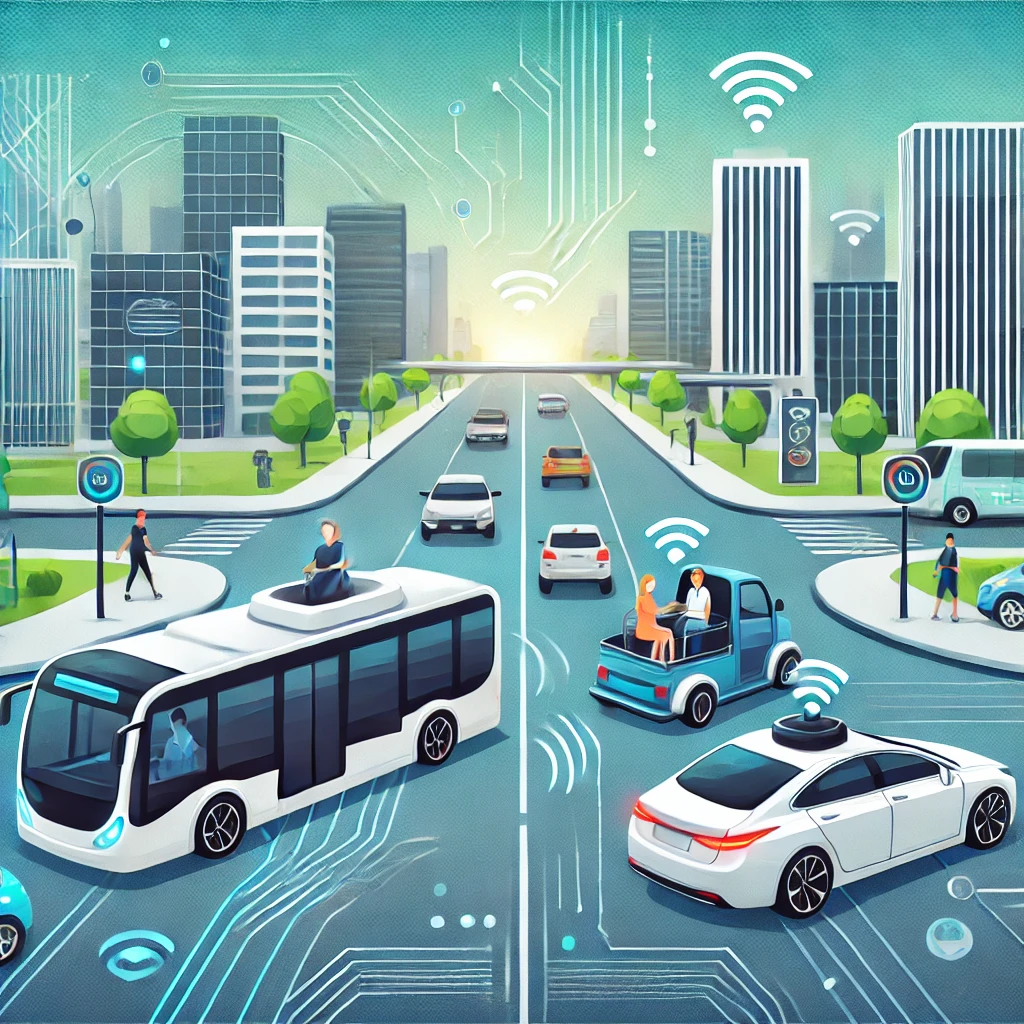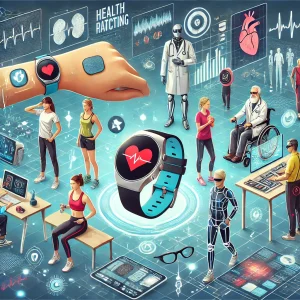Introduction
Autonomous vehicles (AVs), commonly known as self-driving cars, are no longer a concept reserved for science fiction. Technological advancements, combined with increasing investments from automotive giants and tech companies, have accelerated the development of AVs. With promises of improved safety, enhanced mobility, and reduced congestion, many wonder: when will autonomous vehicles become a standard mode of transportation? This article explores the rise of AVs, current developments, challenges, and the timeline for widespread adoption.
What Are Autonomous Vehicles?
Autonomous vehicles are equipped with advanced sensors, cameras, radar, and artificial intelligence (AI) systems that enable them to navigate and operate without human intervention. These vehicles can interpret their environment, detect obstacles, and make real-time decisions to ensure safe and efficient travel. AV technology is typically classified into six levels, from Level 0 (no automation) to Level 5 (full automation, requiring no human input under any circumstances).
The Evolution of Autonomous Vehicles
Early Developments
The journey toward self-driving technology began decades ago, with early prototypes emerging in the 1980s. Over time, advancements in machine learning, computer vision, and sensor technology have made AVs more feasible. Companies like Google, through its Waymo division, and Tesla have been at the forefront of this evolution.
Current Landscape
Today, various levels of automation are already present in many vehicles. Features like adaptive cruise control, lane-keeping assistance, and automated parking are common in modern cars. Fully autonomous vehicles are being tested in controlled environments, with pilot programs operating in select cities worldwide.
Benefits of Autonomous Vehicles
Enhanced Road Safety
Human error is a leading cause of road accidents. AVs aim to reduce accidents by eliminating distractions, fatigue, and impaired driving. Advanced sensors and real-time data processing enable quicker reaction times and improved hazard detection.
Improved Traffic Efficiency
Autonomous vehicles can communicate with each other through vehicle-to-vehicle (V2V) technology, allowing for smoother traffic flow and reduced congestion. Coordinated driving reduces stop-and-go traffic, leading to less fuel consumption and lower emissions.
Increased Accessibility
AVs have the potential to revolutionize mobility for individuals with disabilities, the elderly, and those unable to drive. Self-driving cars could provide newfound independence and improve the quality of life for many people.
Environmental Impact
By optimizing driving patterns and reducing idling times, AVs can contribute to lower greenhouse gas emissions. When combined with electric vehicle (EV) technology, autonomous cars could significantly reduce the transportation sector’s carbon footprint.
Challenges Facing Widespread Adoption
Technological Hurdles
Despite significant progress, achieving full autonomy remains complex. AVs must navigate unpredictable scenarios, such as extreme weather conditions, construction zones, and interactions with human drivers and pedestrians. Ensuring safety in all environments is a primary challenge.
Regulatory and Legal Issues
Regulation plays a crucial role in the deployment of AVs. Governments worldwide are working to establish standards for safety, liability, and data privacy. Coordinating global regulations and addressing legal questions surrounding accidents involving AVs will take time.
Public Perception and Trust
Gaining public trust is essential for AV adoption. High-profile incidents involving self-driving cars have raised concerns about safety and reliability. Transparent communication, rigorous testing, and proven safety records will be necessary to build confidence.
Infrastructure Needs
Supporting AV technology requires infrastructure upgrades, including smart traffic signals, dedicated lanes, and enhanced mapping systems. Investment in this infrastructure is vital to ensure the seamless integration of autonomous vehicles into existing transportation networks.
When Will We See Widespread Adoption?
Short-Term Outlook (2025-2030)
In the next few years, we can expect increased deployment of AVs in controlled environments, such as public transportation systems and delivery services. Companies like Waymo and Cruise are already operating autonomous taxi services in select cities. Autonomous trucks may also become common for long-haul freight transport.
Medium-Term Outlook (2030-2040)
As technology matures and regulations solidify, personal AVs could become more accessible to consumers. Fleet operators, ride-sharing companies, and public transit systems will likely expand their autonomous offerings, making self-driving cars more common in urban areas.
Long-Term Outlook (2040 and Beyond)
Full-scale adoption of Level 5 AVs may not occur until the 2040s or later. Factors such as infrastructure development, cost reduction, and public acceptance will influence the timeline. While urban centers may see quicker adoption, rural and less developed areas might experience delays.
Preparing for an Autonomous Future
Government and Policy Initiatives
Policymakers must work collaboratively with industry leaders to develop regulations that prioritize safety, equity, and accessibility. Public investments in infrastructure and research will be essential to support the AV ecosystem.
Industry and Technological Innovations
Continued innovation in AI, sensors, and connectivity will drive the advancement of AVs. Companies are investing heavily in research and partnerships to overcome current limitations and deliver reliable autonomous solutions.
Consumer Adaptation
Education and public awareness campaigns can help alleviate fears and misconceptions surrounding AV technology. Hands-on experiences, such as pilot programs and demonstration rides, will play a key role in fostering acceptance.
Conclusion
The rise of autonomous vehicles represents a transformative shift in transportation, with the potential to enhance safety, improve efficiency, and increase accessibility. While the journey toward full adoption is complex and multifaceted, ongoing technological advancements, supportive policies, and public engagement will be crucial in determining when we will all be driven. As the world moves toward this autonomous future, staying informed and prepared is essential for embracing the opportunities and addressing the challenges that lie ahead.


